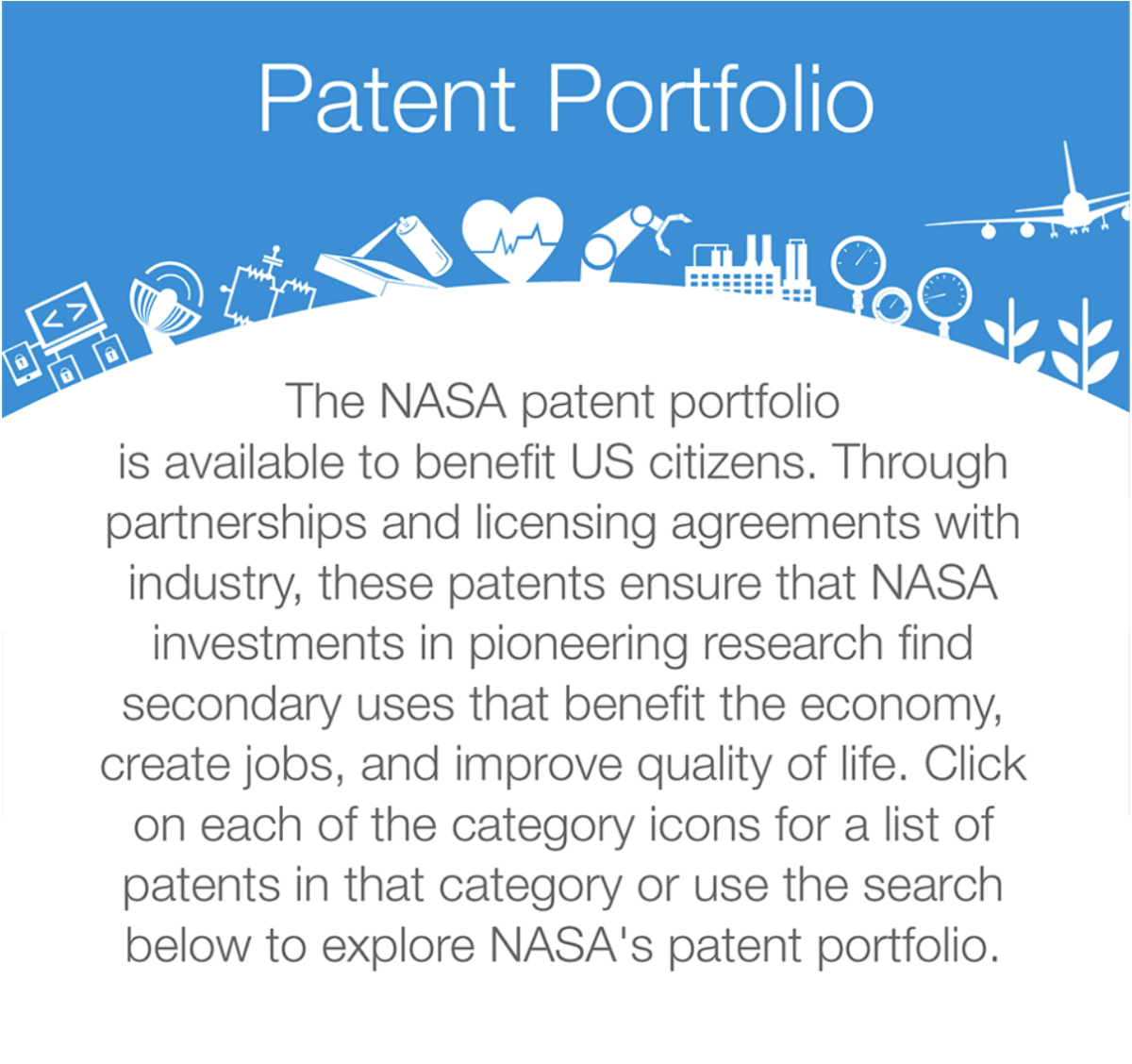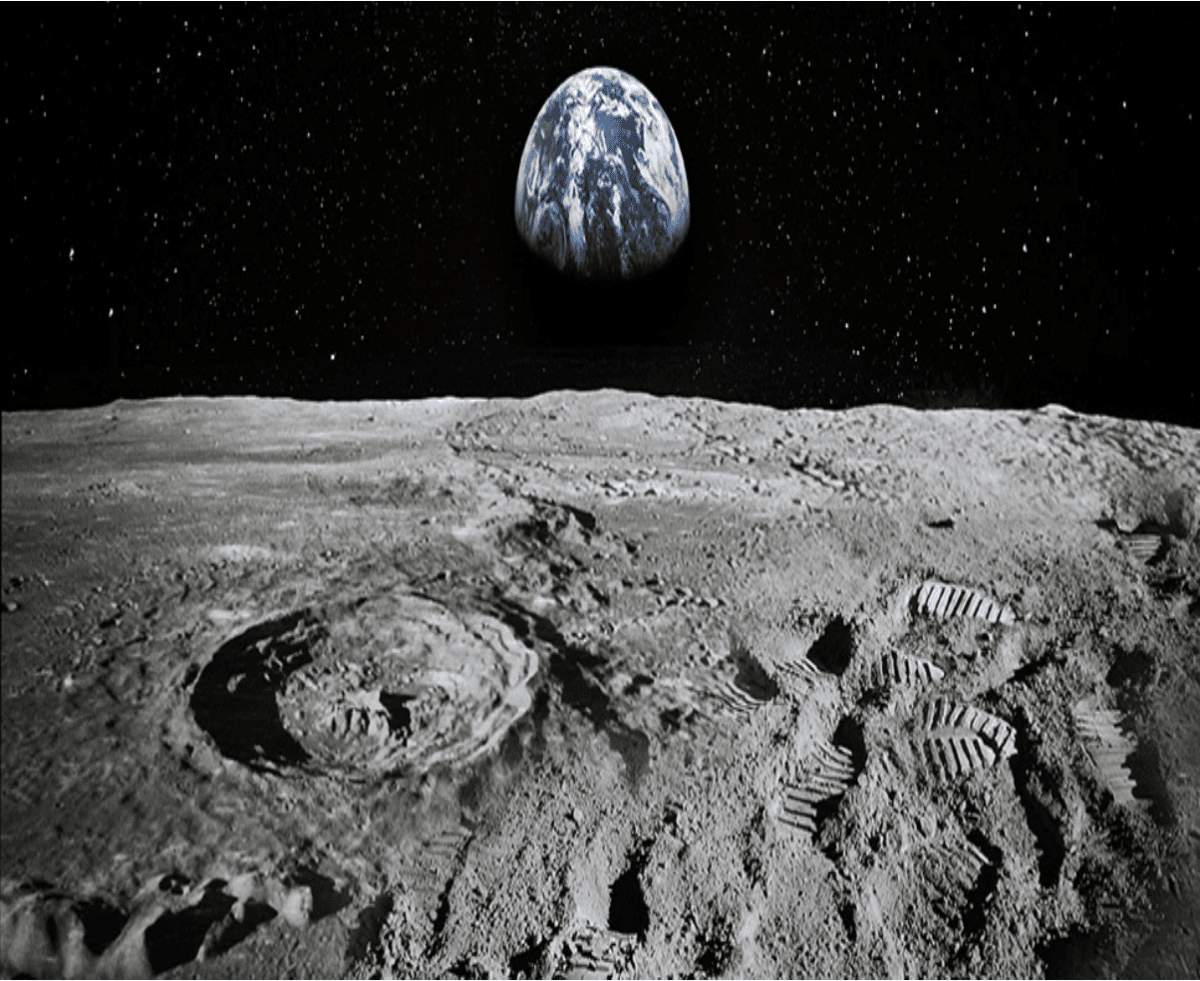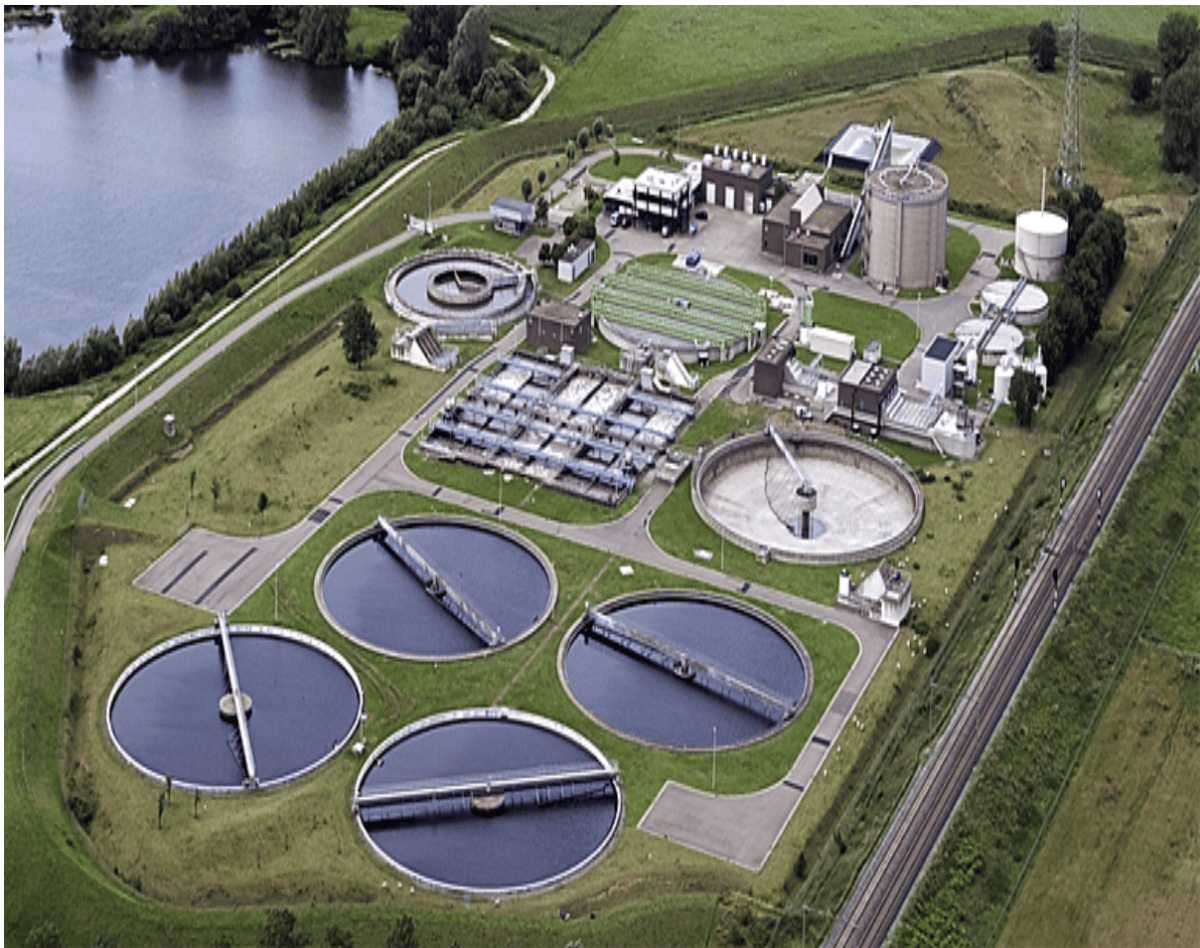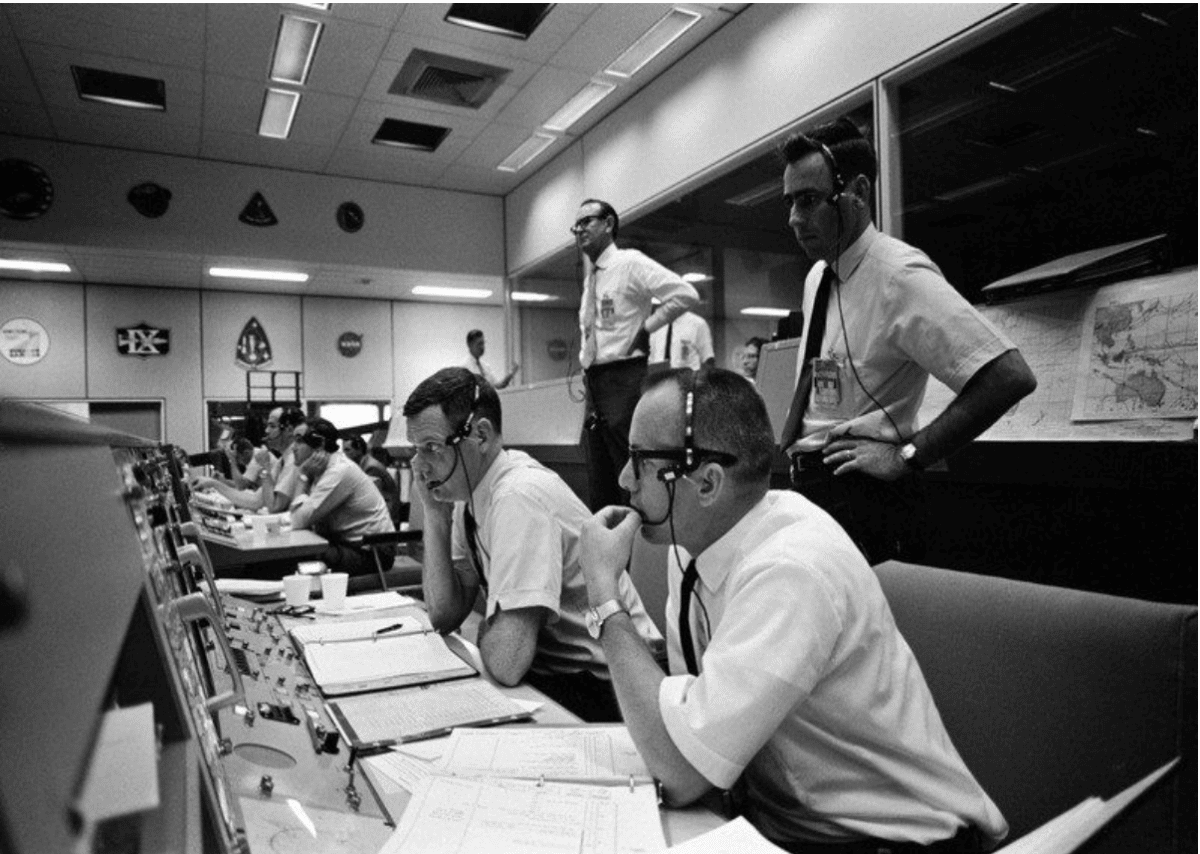Innovations are intellectual properties typically guarded to prevent intellectual property theft. NASA holds a party of avant-garde patented innovations, but rather than hiding them; they are made publicly available. These patents are stored in an online database known as the NASA Patent Portfolio, and interested businesses can apply for a license for any of these patents. This article discusses some of these patents and how to acquire them.
Brief History of NASA Patent Portfolio
Back in 1958, when the U.S. Congress created NASA, one of the mandates given to the organization was to ensure avail its innovations to the public as widely as possible. In the 1958 final National Aeronautics and Space Act, one of NASA’s objectives is;
“The making available to agencies directly concerned with national defenses of discoveries that have military value or significance, and the furnishing by such agencies, to the civilian agency established to direct and control nonmilitary aeronautical and space activities, of information as to discoveries which have value or significance to that agency.”

Six years later, in obeisance to this mandate, NASA created the Technology Transfer Program to ensure that its innovations are easily accessible to the public and effectively utilized for the benefit of everyone. Today, some of these innovations have inspired the development of technological developments known as NASA Spinoffs. NASA, by itself, has also created and patented many next-generation inventions. These inventions – which form the theme of this article – are known as the NASA Patent Portfolio.
NASA: Exploring Space, Expending Grace
NASA’s Technology Transfer Program has remained the oldest existing unit since its inception. The program is run in all 10 NASA field centers in the United States. It aims to strengthen NASA’s reputation, create employment opportunities for many, and set a precedent for future innovations.
With thousands of patented innovations and tens of thousands of field scientists, NASA is one of the most productive institutions worldwide. These innovations are forefront technological devices like robots, sensors, detectors, etc., and their applications transcend different sectors, including medicine, engineering, IT & software, and robotics, to mention a few.

Although the organization has various technologies at its fingertips, NASA remains specific about the innovations they patent. Patents are filed strictly for commercialization purposes, and innovations that concern national defense, prestige, etc., are used at NASA’s discretion.
The institution uses a two-step review process to screen innovations and decide whether or not they can be patented. The first review is done with the inventor to understand the product or service, its uses, limitations, etc. After the interview with the inventor, NASA consults businesses in the industry where the innovation can help understand the extent of its application. Innovations that pass these two reviews are filed for patents, and only a small number (about 80 annually) of them reach this stage.
NASA’s Portfolio Technologies
NASA is prominent for its contribution to many technologies we enjoy today. In 1965, Eugene Lally, a NASA scientist, developed a sensor that converted photons into pictures for NASA satellites. The technology was eventually used to create smartphone cameras and was licensed to several phone manufacturers.
During the lockdown in 2020, a team of NASA engineers created a prototype for a Ventilator Intervention Technology Accessible Locally (VITAL) in 37 days. The ventilator proved more effective than existing ventilators at the time and was distributed freely to several companies. In the last decade, NASA has given over 1,000 licenses from its portfolio. Other notable technologies in this star-studded portfolio include:
Smart Tire Company
In 2020, American entrepreneurs Earl Cole and Brain Yennie raised funds to start the Smart Tire Company and develop airless tires. The tires are made from a superelastic, lightweight nickel-titanium alloy and are designed never to go flat. This technology is a first-of-its-kind with better functionality and durability than conventional rubber tires. The tires are set to launch in 2023 and will significantly reduce the amount of rubber waste from automobile tires.

As you might have guessed correctly, the idea for this kind of mind-boggling technology did not spur from Earl Cole or his co-founder or someone in the automobile industry. It was inspired by NASA’s Shape Memory Alloy Radial Technology (SMART) and developed at NASA’s Glenn Research Center. NASA only licensed the technology to them; now, the company plans to expand with its gift from the space company.
Wastewater Treatment and Remediation
NASA developed a water treatment system for small-scale applications in space operations. However, the technology has been expanded to serve a bigger purpose in industries and environments concerned with water treatment. Developed in the NASA Kennedy Space Center, this system significantly reduces ammonia and other nitrogen pollutants from water and improves the water quality to a large extent. The nitrogen pollutants removed are collected and used as fertilizers.

The system works as a media that selects ammonia, and other nitrogen pollutants are used to collect ammonia from wastewater. The pollutants are collected for further use while the system regenerates the collection media. This system is more effective and less expensive than existing wastewater treatment processes, reduces environmental and health risks, and improves water quality. Such technology can be adopted in swine farms, food processing plants, electroplating, grey water, multi-unit housing complexes, and many more areas. At the time of writing, technology is available for licensing to interested parties, and you can apply for a license on the NASA website.
Enhanced Project Management Tool
Many organizations are burdened with problems concerning their hierarchy and management structure. When these organizations are set to embark on a project, the budget, requirements, milestones, and goals are constantly varied, and finding a one-size-fits-all project management solution can be daunting. NASA’s project management tool allows businesses to oversee multiple tasks and workers using a human, team, or product model. The tool collates project information and automatically generates reports for display, analysis, or collection.

The project management tool performs comprehensive management functions, eliminates the stress of gathering data and preparing reports, and allows an easy flow of information among everyone involved in a project. This patent still needs to be licensed, and beyond project management, it can also be used for budget analysis, portfolio management, risk management, etc.
How Can I Get the NASA License?
NASA issues three types of licenses to people interested in using any of their patents. These licenses form a standard process of acquiring NASA’s patent, and they include the following:
- Startup Licenses: This license allows businesses to acquire NASA’s patents without paying an upfront cost – a waiver that lasts for only three years. The companies can use their cash to carve a niche for themselves and NASA, even additional support if needed. Other terms and conditions apply.
- Standard Commercial Licenses: NASA offers companies standard commercial licenses to mass-produce and sell NASA’s patent technologies. The licenses are available to national and international organizations, and the licensing terms are negotiated according to the kind of technology being licensed.
- Evaluation Licenses: The evaluation license is a short-term license that allows a business to test a product, explore its potential and decide if a patent technology will meet its business goals. This license can cost as much as $2500 for 12 months and $500 for six months. In most cases, the evaluation period is usually within a year.
These licenses vary based on who or why you are applying for a license. However, here is a four-step easy-to-follow process to file a license application.
- Find a Patent: NASA is the only federal agency in the U.S. that gives the public access to its entire portfolio from one website. If you want to get a license to any of NASA’s patent technologies, you can check the entire patent portfolio by checking the website or using the iPad app. Many of these patents have unexplored applications and provide critical solutions that put your business at the front of the industry if commercialized.
- Fill Your Application: If you have found a patent you want to get a license for, you can click on the “Apply for License” button on the page to begin the process. The application process is easy to complete, and NASA will constantly communicate the status of your application.
- Agree on Licensing Terms: If your application is approved, a license manager will contact you to discuss your license terms. The result of the agreement will depend on several factors, including the kind of technology, the extent of use, etc.
- Append Your Signature: When you reach an agreement with the license manager, you need to seal the agreement with your John Hancock. Ensure you read through the terms of the agreement and that you are comfortable with its details. You can consult your lawyer for a better understanding of the agreement terms.
Final Note
To us, being “down to earth” is a choice. For NASA, it is a responsibility. Although its core activities are concerned with aeronautics and space exploration, the organization still comes “down to earth” to bless us with the innovations of its ingenious scientists. Although NASA collects royalties from licensing, the organization is not profit-driven. The royalty is invested in building more products to add to the patent portfolio. You can download the iPad app or check the website to view the portfolio.

